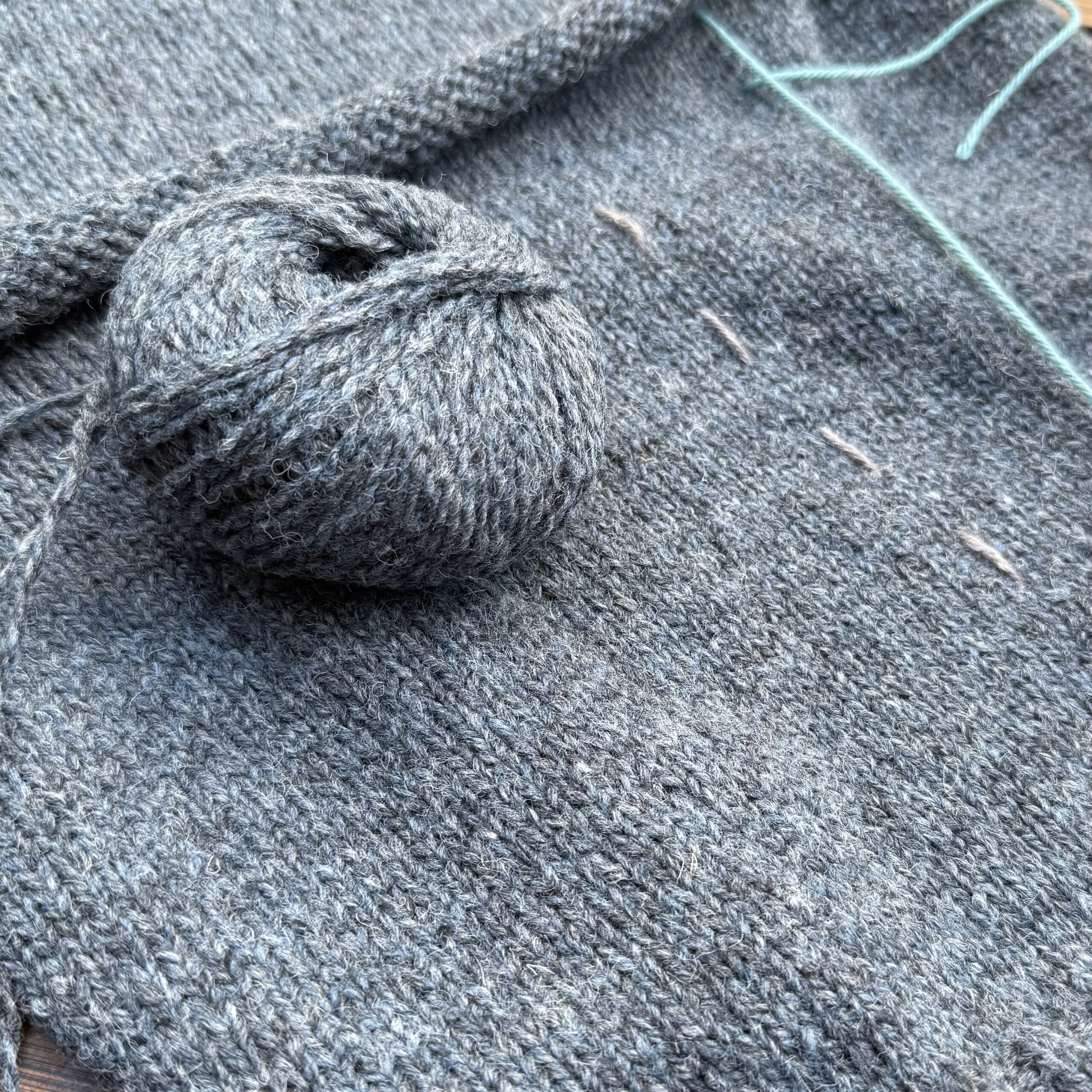
If you’ve been visiting here for long, you’ve probably heard me say (and probably more than once) that I really like to read books that are . . . chewy. And by . . . chewy, I mean that I like to read books that I can really sink my teeth into; books that need to be “processed” a bit; books that might need a little “extra-curricular” research, even.
And, boy. Did we choose one of those chewy books for our summer Read With Us selection!

I know there are many of you out there who have already read this book. (It was the winner of last year’s Booker Prize, after all, and I know many of you follow that prize.) And I know some of you are planning to read it . . . maybe you’re even in the middle of it right now. And I know a few of you that took one look at the subject matter and said . . . not for me, thankyouverymuch.
So I’m here today . . . to provide some encouragement, a little context, and a few “tips”. . . to convince you to pick it up and take a bite — if you haven’t already. Because I thought it was fabulous. Definitely chewy. But worth every bite! (And, personally, I thought Young Mungo – our selection last summer – was a much more emotionally challenging read. So if you got through that one, I’m betting you can get through this one!)
What’s so chewy about it anyway, you ask?
Well, here’s what I think . . .
First, it’s not written in a linear fashion. And that will sometimes put readers off. The titular character (Maali) wakes up . . . dead . . . and has seven “moons” (in this case, days) to figure out what happened to him – and to tie up some loose ends while he’s at it. So there’s a lot of going back-and-forth in the story line between Maali’s new life as a ghost and his old life among the living. (Once you get the hang of that, you’ll be fine!)
Second, it’s a bit creepy. There are ghouls and ghosts and demons and floating this-and-that’s . . . and because the action is set in the middle of a bloody and brutal civil war, a lot of those floating this-and-that’s are not in terribly good . . . (ahem) shape. The creep-factor bothers some readers more than others, but . . . it’s just imaginary, y’know? A fantasy world. A highly effective way to symbolize . . . the results of a violent time and place. And once you get familiar with the story, I’m betting the creep-factor will lessen. (So stick with it.)
Third, the entire book is written in the second person narrative voice. And this is . . . well, not all that typical in literature. Usually, we read books written in the first person (from the point of view of the narrator who is also a character) or the third person (from the point of view of the narrator who is not a character). The second person, though? That’s “breaking the wall” in literature – and it just doesn’t happen all that often! It’s when the “voice” of the story addresses . . . YOU. In Seven Moons, the narrative voice implies that you (the reader) IS the protagonist or main character, and the events are happening to you. Definitely chewy. (Enjoy the ride.)
Fourth, Sri Lanka. Most Americans know very little about the Sri Lankan conflict — even though it unfolded fairly recently. In fact, most Americans would probably struggle to locate Sri Lanka on a map. (And I’m just going to say that . . . if you thought our last book about the conflict in Northern Ireland was confusing with a lot of different paramilitary groups to keep track of? Well . . . this one is even more so.) While I was reading, I had to do a lot of Googling to fill in my own knowledge gaps. I didn’t do a deep-dive, by any means, but I did check out maps and skim through historical background. I also made good use of the list of abbreviations and “main players” the author embeds right into the story (pages 22-24 of the hard copy of the book). I bookmarked those pages, and referred to them often as I read. Lucky for you, I saved all of my references and included them here – on the Read With Us reference page! I hope they’ll help you understand just a little bit of what’s happening in Seven Moons. (A little context goes a long way.)
Once you can kind of embrace the more chewy parts (the non-linear storyline, the creep-factor, the second person voice, the most likely unfamiliar location/personal knowledge gaps) and just settle into the story . . . well . . . I think you might really like it! There’s some thriller/mystery in there, a little history, most definitely fantasy, some action, political satire and humor (of the gallows variety), and even some philosophy. You probably wouldn’t want to spend a lot of time with any of the characters, but you will definitely root for a few of them.
So, yeah. I guess you could say it’s a real hodgepodge of a book!
And chewy. (Did I mention that?)
As for my tips?
- I mostly listened to the incredibly well narrated version of the book, but I also kept a hard copy nearby. I liked being able to “see” the names of the characters (some are easy to lose if you’re just listening), and I found it helpful to just check in on the story in both formats. I also noticed that there are handy sub-titles in the hard copy book that are not voiced in the narrated version. (I wish they were voiced; I found them helpful in setting the stage of the story.)
- I recommend doing a little background reading to be as familiar as you need to be with the Sri Lankan conflict. I’m not talking about full-blown research here (trust me, I just skimmed a few articles to get the basics in mind), but a little context goes a long way in keeping up with the action of the story. (And, as I mentioned, there are many resources on the Read With Us page for this book.)
- There is a very interesting – and brief – little YouTube video featuring the author, Shehan Karunatilaka, answering reader questions. (12 minutes long; you can click right into the video from that same Read With Us page) It’s always interesting to hear an author talk about why they did this or that when they were writing the book. I highly recommend giving it a quick watch.
So.
Yep. It’s a chewy one.
Take a bite . . . and Read With Us!
=====
Just a reminder: The Zoom book discussion will be happening on Tuesday, September 19 at 7:00 Eastern time. The discussions are a lot of fun – we all bring our own beverage-of-choice and we actually talk about the book together. Join us!





I have queued up that video to watch later today! Thanks for sharing that! I enjoyed the story… and I liked the “fantasy-ness” of it and the way I felt in the story with Maali as he moved through those 7 moons (and great pacing as well… sometimes I thought SLOW DOWN, He has to solve this!!)
Thank you for all the links and helpful information about the book. It will help many readers and I’m going to check it out, too. I’ve read Maali twice already but can’t wait to dive in again!
Planning to start reading this week, so thanks for the timely post snd resources page!
Thought I had commented…but looking back, I did not! The book is on my nightstand to read…but I started Tom Lake yesterday, so…Thanks for all the info/data/links/etc. – I feel like I’m going to need some help with this one!
I plan to start re-reading it soon and can’t wait to see how much more I get out of the story!
I just finished listening yesterday! I read with my eyes the first time around (I ordered from Blackwell’s last year, before it was available in the US), so I remembered a lot of it and really enjoyed hearing the voices this time. I had forgotten the major plot twist at the end, though! I think we will have a really good discussion about this one.
Thanks for the hints. I’ve started the book twice and for some reason, the creepiness is almost too creepy for me. I’m listening so I may try it with a hard copy and after watching the youtube video. Hopefully, these will provide the help I need.
I will be jaunting around the Canadian Rockies during this RWU adventure. Sorry to miss the fun this time.
Thanks for your thoughts and tips. I’ve started and stopped several times already. As Bonny said, the creepiness…. And maybe something else I can’t put my finger on?
Your post may prompt me to try again, as I really enjoy the discussions and hate to miss out.
Thank you for the tips.
I bought the audio version (haven’t listened yet) but I think I will read the printed version. Names often just fly past me in audiobooks — I am more of a visual person. I look forward to reading this one!